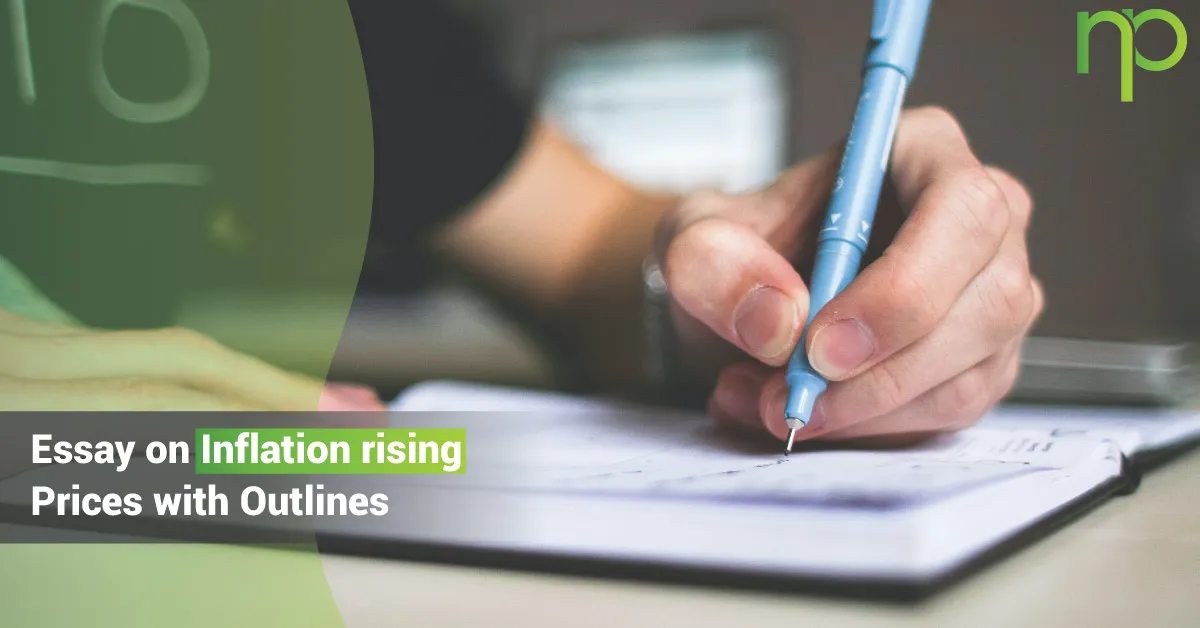
- November 28, 2023
- ubaidah khan
- 0
In a moment’s ever-evolving profitable geography, one term that constantly finds its way into captions and everyday exchanges is” Inflation.” This miracle, characterized by a general increase in prices for goods and services, has become a crucial player in shaping the fiscal fates of individuals, businesses, and nations. Let’s claw into the complications of affectation and the soaring prices that accompany it.
Description of Inflation:
To comprehend the impact of rising prices, we must first understand Inflation. In simple terms, Inflation is the sustained increase in the overall position of prices for goods and services in a frugality over a period. It’s a conception that extends beyond bare numerical numbers, affecting the purchasing power of consumers and the dynamics of fiscal requests.
Significance of Rising Prices:
The swell in prices isn’t a bare statistic; it’s a force that ripples through colorful sectors, shaping profitable programs, consumer behavior, and investment strategies. In this composition, we’ll anatomize the causes, consequences, and managing mechanisms associated with raising prices at the moment’s global request.
Causes of Inflation:
- Demand-Pull Inflation
One of the primary motorists of Inflation is demand-pull Inflation. When the demand for goods and services surpasses their force, prices naturally rise. This can be attributed to increased consumer spending, frequently stimulated by factors similar to low-interest rates and profitable growth.
- Cost-Push Inflation
Cost-driven Inflation, on the other hand, is driven by an increase in product costs. Factors like rising stipends, advanced raw material prices, or force chain dislocations can contribute to this form of Inflation, putting upward pressure on overall price situations.
- erected- In Inflation
erected-in Inflation, also known as pay envelope- price Inflation, results from a nonstop cycle of rising stipends and prices. As stipends increase, businesses may raise prices to neutralize advanced labor costs, creating a feedback circle that perpetuates inflationary pressures.
Economic impacts:
- Effect on Purchasing Power
The immediate consequence of Inflation is a reduction in the purchasing power of plutocrats. As prices rise, each unit of currency buys smaller goods and services, affecting consumers’ capability to maintain their standard of living.
- Impact on Investments
Investors, too, feel the impact of rising prices. The real value of plutocrat invested diminishes, making it pivotal for individualities to acclimatize their investment portfolios to navigate the changing profitable geography.
- Consequences for Businesses
Businesses aren’t vulnerable to the goods of Inflation. Increased product costs can erode profit perimeters, forcing companies to reassess pricing strategies and potentially leading to business closures and layoffs.
Factors Contributing to Rising Prices:
- Supply Chain dislocations
The intricate web of global force chains can be vulnerable to dislocations, as seen in recent times. Events like natural disasters, geopolitical pressures, or afflictions can beget force dearths, contributing to inflationary pressures.
- Increased product Costs
Rising product costs, driven by factors like energy prices and labor charges, directly impact the prices of goods and services. Businesses must navigate these challenges to remain competitive in the request.
- Global Economic Trends
The connected nature of global frugality means that profitable trends in one part of the world can have a domino effect on others. Understanding these trends is pivotal for anticipating and mollifying inflationary pitfalls.
Government Intervention:
- Monetary Policy
Central banks play a vital part in controlling Inflation through financial programs. conforming interest rates and managing plutocrat force are tools used to impact inflationary trends.
- Fiscal Policy
Governments can also apply financial measures, similar to taxation and public spending, to stabilize prices and stimulate profitable growth.
- Role of Central Banks
Central banks act as guardians of profitable stability, ensuring that Inflation remains within target ranges. Their opinions and programs have far-reaching counteraccusations for businesses and consumers likewise.
Goods in Different Sectors:
- Consumer Goods
Inflation affects the prices of everyday consumer goods, impacting ménage budgets and altering spending patterns.
- Real Estate
The real estate request is sensitive to Inflation, impacting property values and mortgage rates.
- Stock Market
Inflation can lead to volatility in the stock request, impacting investor behavior and stock prices.
Managing strategies for individuals:
- Budgeting and Financial Planning
Effective budgeting and fiscal planning are essential for individuals to navigate the challenges posed by Inflation.
- Investment Diversification
Diversifying investments can help alleviate the impact of Inflation on investment portfolios.
- Informed Consumer Choices
Being an informed consumer and making smart purchasing opinions can help individuals stretch their budgets during inflationary ages.
Global Perspectives on Inflation:
- Comparison of Inflation Rates Worldwide
Assaying inflation rates on a global scale provides perceptivity into the interconnectedness of husbandry and implicit cooperative results.
- Collaborative results
transnational cooperation is pivotal in addressing the root causes of Inflation and enforcing effective results on a global scale.
Future Economic Outlook:
- Prognostications and vaticinations
Experts weigh in on the unborn line of Inflation, offering perceptivity into implicit scripts and challenges.
- Implicit Remedies
I am exploring implicit remedies and policy measures that can be enforced to check Inflation and stabilize husbandry.
In conclusion, the rising drift of Inflation and rising prices pose challenges that bear careful consideration and visionary measures. As individualities, businesses, and governments navigate these profitable waters, a holistic understanding of the factors at play is pivotal for informed decision- timber.